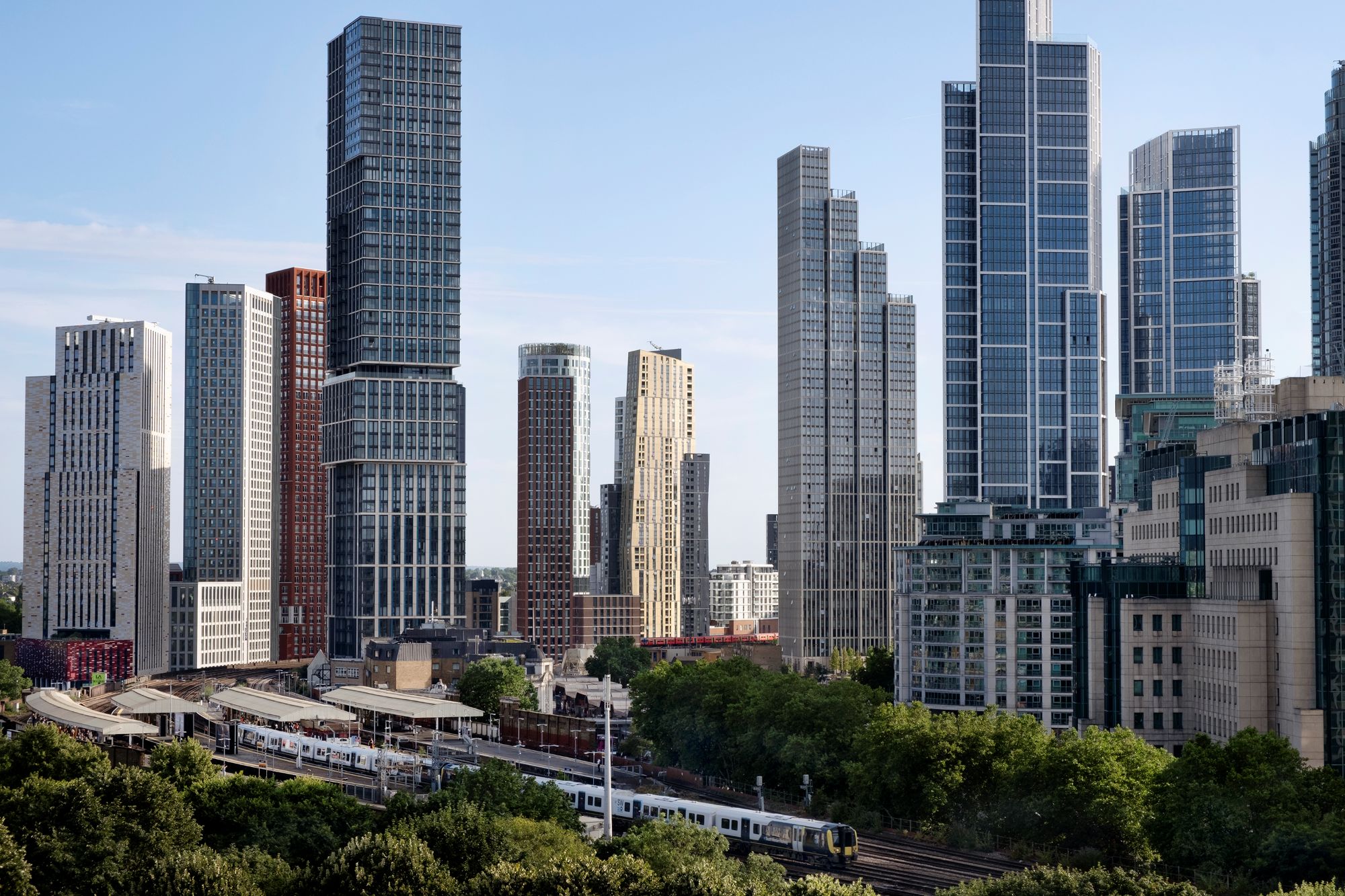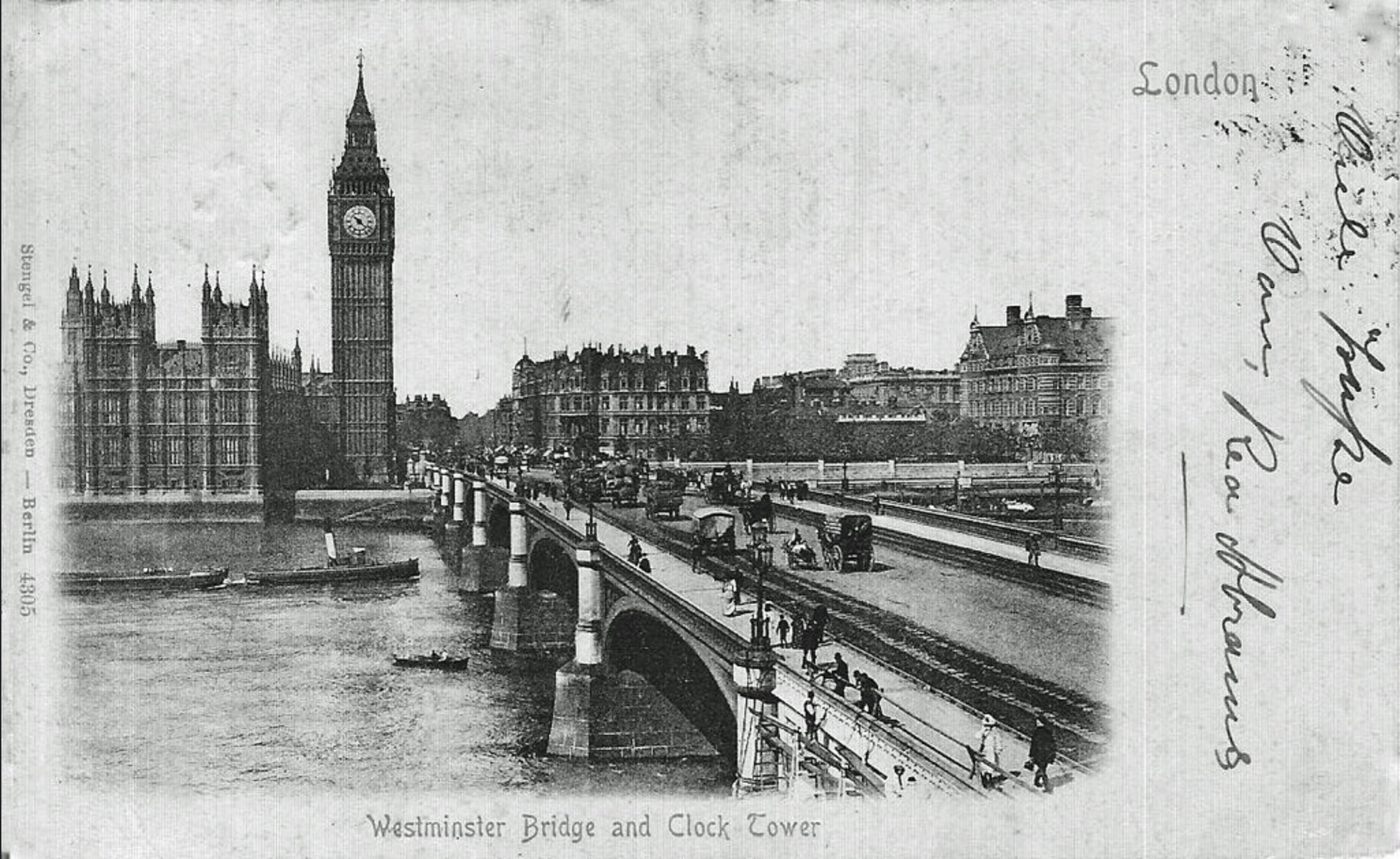
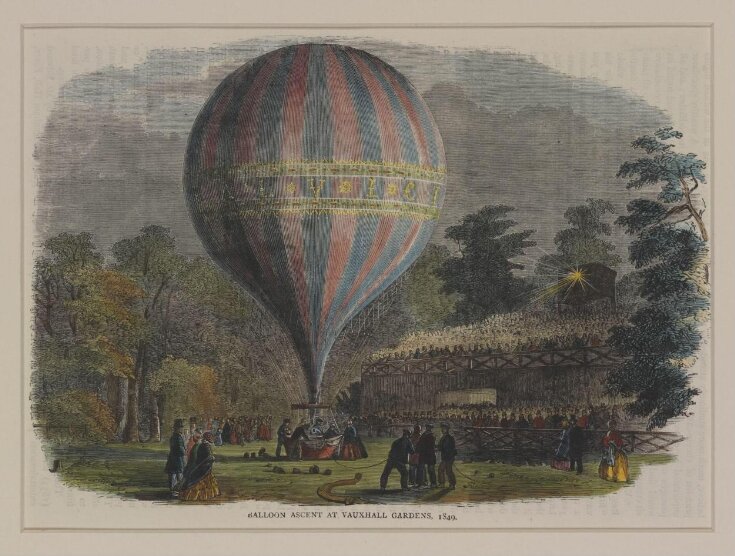
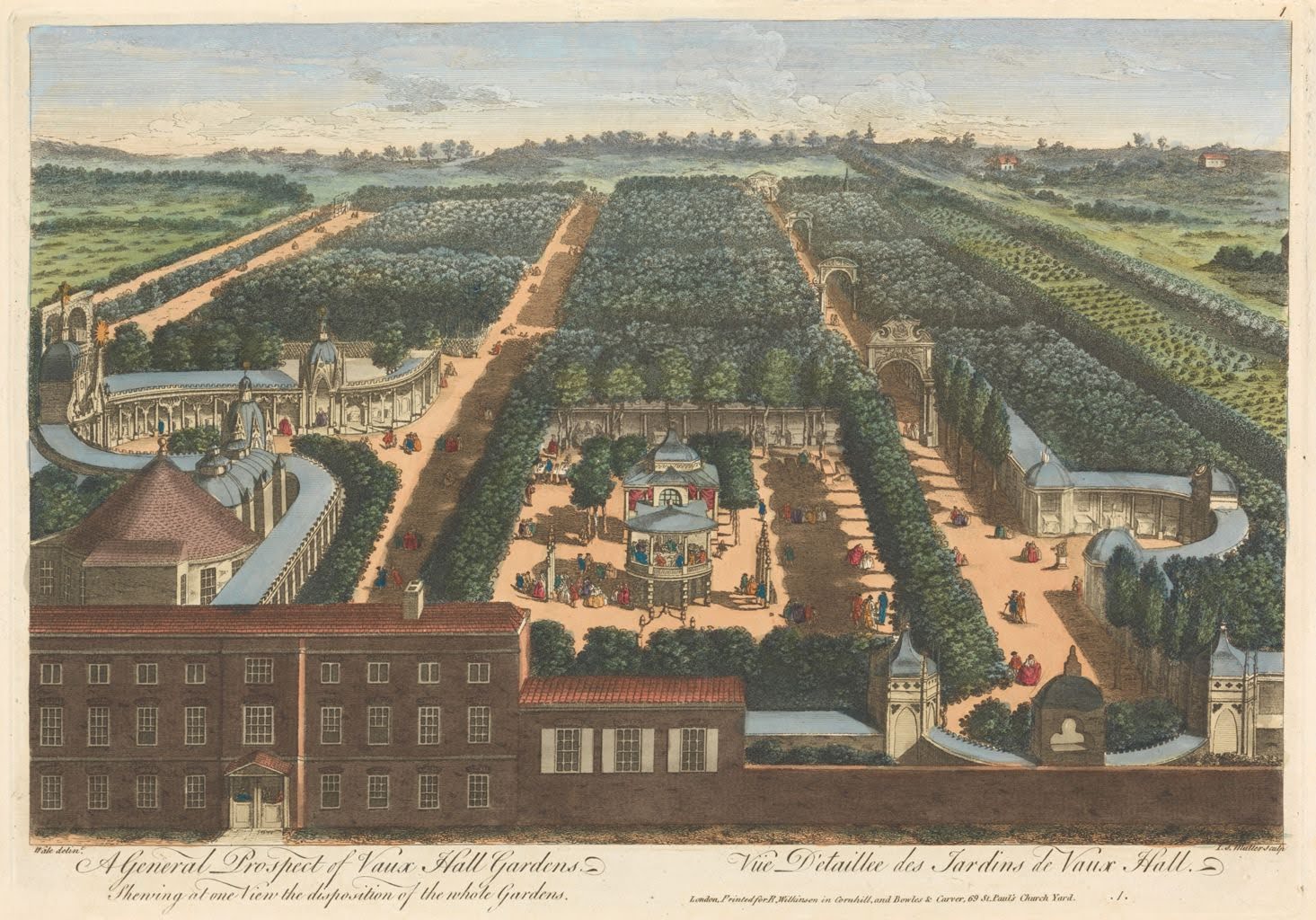
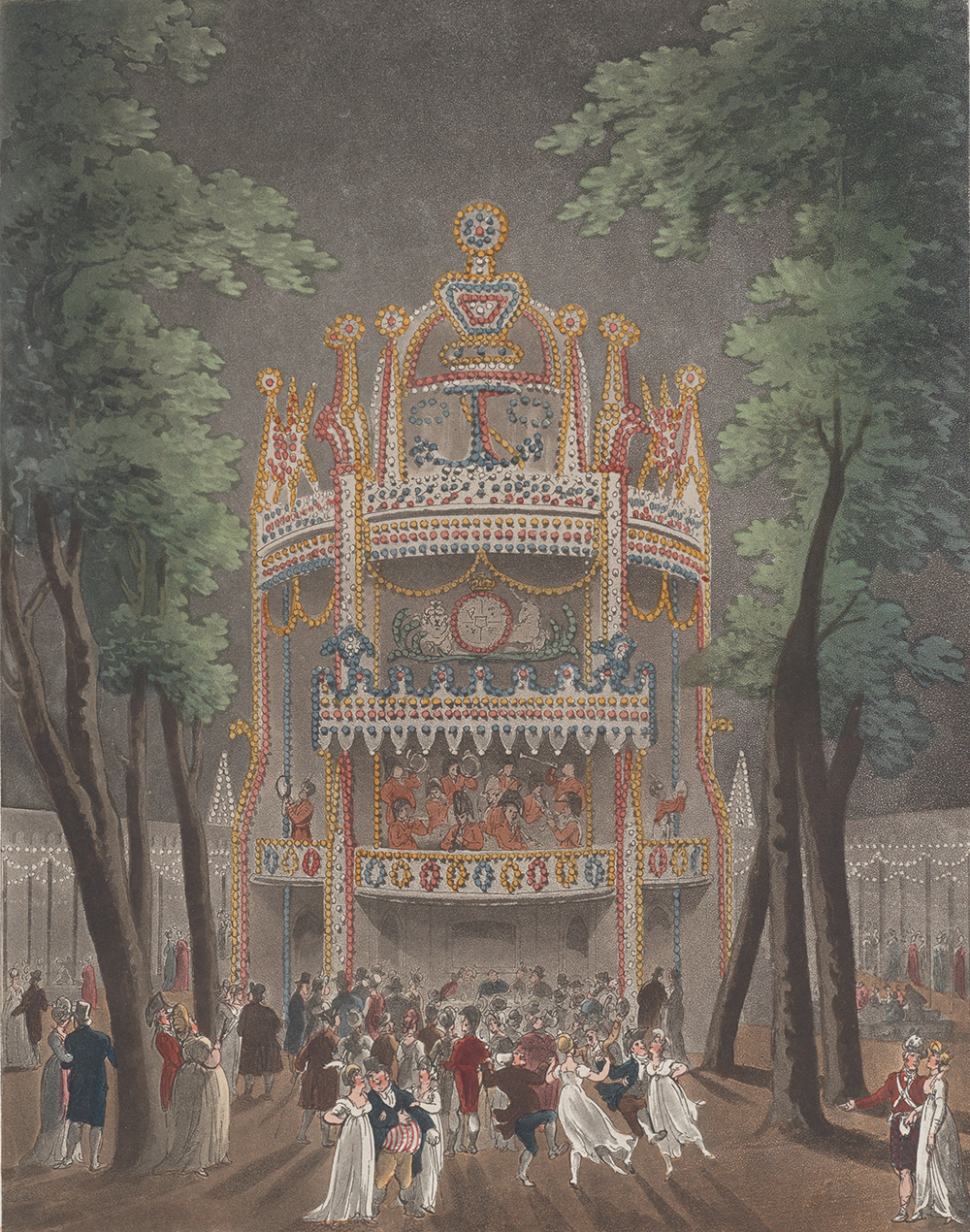
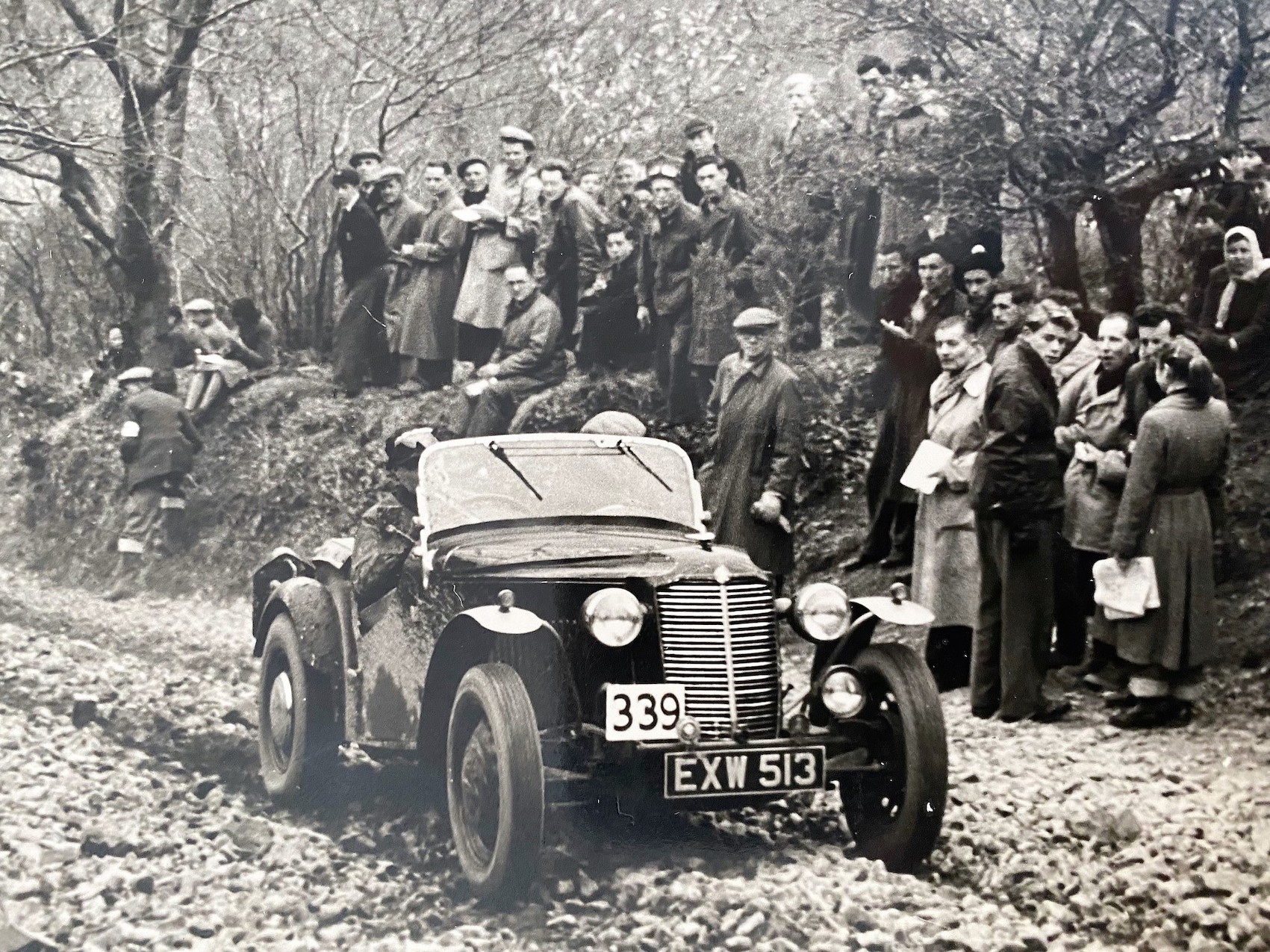
Falkes’ heraldic crest was a griffin, since used as the brand mark by Vauxhall cars, founded here in 1857.
In the 17th century the area was populated by glassblowers, potters and sculptors, but it was the splendour of Jonathan Tyers’ Vauxhall Pleasure Gardens that made Vauxhall famous all over Europe.
The Gardens’ scale, ambition and popularity cannot be overstated. It was the place to parade in one’s finery, to socialise and be entertained – and not always innocently. Their reputation for louche behaviour and immoral indulgence in dark corners was well documented.
Dancers, singers, musicians, orchestras, artists and acrobats formed a huge cast of characters that seduced the crowds nightly.
Handel was a big star at the gardens. They were frequented by royalty, Canaletto painted them and Samuel Pepys was a big fan. They were hung with paintings by Hogarth and Hayman and the impressive buildings were first Palladian then Gothic.
Although they were aimed at a new middle class, the wealthy and the aristocratic, the gardens welcomed everyone – providing you could pay the entry fee.
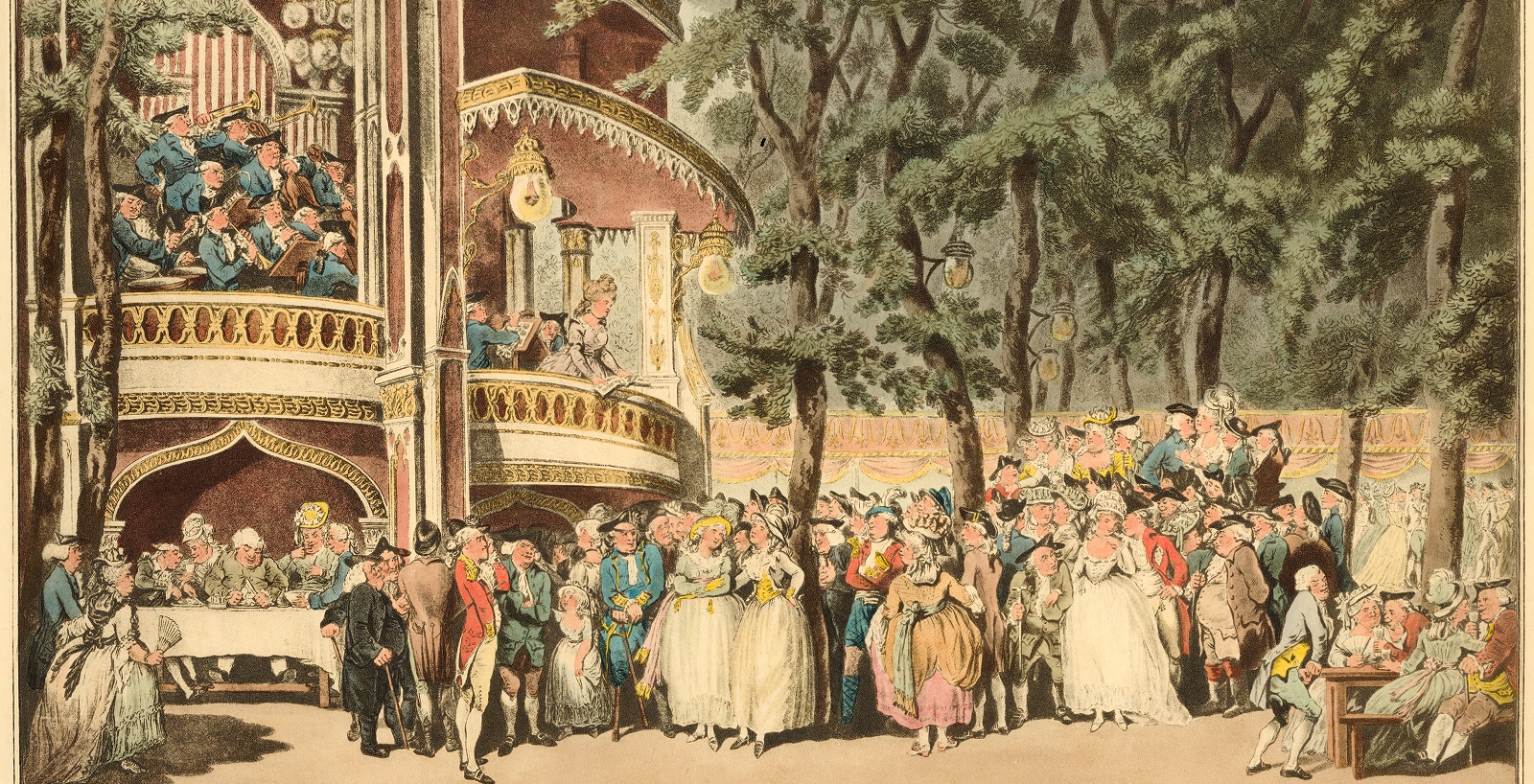
Explore Vauxhall’s history with an augmented reality trail
Find the twelve QR codes located around Vauxhall Pleasure Gardens, scan them with your smartphone camera and see iconic scenes and characters brought to life around you. Ensure the volume is turned up to enjoy atmospheric sounds, music and stories. If you would prefer to explore the experiences at home or elsewhere, select them from the map or the list below. Please note, some experiences will only work properly on location.
MADAME SAQUI
Imagine the burst of fireworks and bustle of the audience as you watch Madame Saqui perform above you in mesmerising AR.
Learn moreTHE ORCHESTRA
Launch the AR experience to see the facade of the orchestra sparkle and shine, day and night.
Learn moreTHE DARK WALK
Launch the AR experience to cast your eye over the beautiful architecture revealed, passing high society families and would-be lovers.
Learn moreTHE GARDENS IN 3D
Explore the 3D model in AR to see how the Gardens were once laid out with intricate avenues and archways, very different from today.
Learn moreC.H. Simpson
Embrace your inner Victorian, as C. H. Simpson bows, tips his hat, and ushers you through to the Gardens in AR.
Learn moreWilliam Henry Lane
Try and keep up with William Henry Lane’s footwork, as an animated AR version of the famous tap dancer performs before you!
Learn moreLily Savage
Celebrate the great Paul O’Grady with this iconic AR wall mural of Lily Savage. Turn up the volume to hear stories from the past.
Learn moreCharles Green
Can you guide Green’s balloon through the skies while steering clear of the clouds in this soaring AR game?
Learn moreIsaac Van Amburgh
Don’t forget to strike a pose as you put yourself in Van Amburgh’s shoes and relive the American animal trainer’s daring trick!
Learn moreMademoiselle Caroline
Choreograph your own dancing horse routine by trying out the different moves. Watch your horse prance and dance!
Learn moreSarah Hengler
Sparkle like Sarah Hengler with her firework headdress selfie filter. Shine bright as the fireworks pop, crack and fizz in the background.
Learn moreBalloon Mural
Try and resist joining the historical figures as they dance and fill up the street in an AR ball worth envying!
Learn moreTIMELINE
Faulkes Hall
King John rewards his loyal soldier, Faulkes de Breauté, by giving him the hand of Margaret de Redvers, the widow of Baldwin de Redvers. Faulkes does rather well out of this marriage, gaining swathes of land and becoming ‘the equal of an earl’. They lived together in ‘Faulkes Hall’ which stood on approximately 31 acres.
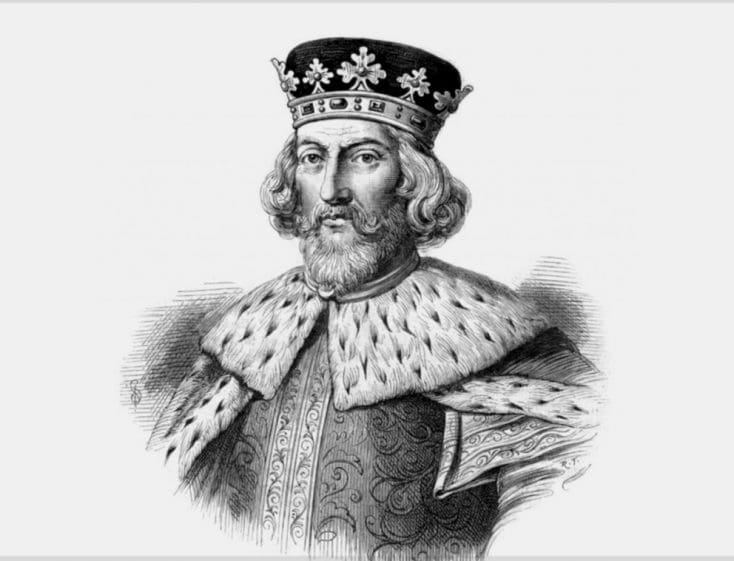
Jonathan Tyers
Jonathan Tyers becomes the visionary founder and promoter of The Vauxhall Pleasure Gardens, establishing their reputation across Europe. A pioneer, Tyers also proves to be an innovator in mass catering logistics, outdoor lighting and advertising. The Gardens became one of the most complex and profitable business ventures of the 18th century in Britain.

George Frideric Handel
George Frideric Handel performs his Music for the Royal Fireworks, as a rehearsal, to a crowd of 12,000. He was the big star in the 1730s and 40s. In the same year the aristocratic Elizabeth Chudleigh arrives at a masked ball in costume as the classical figure Iphigenia. She is practically naked. Polite society is shocked.

Westminster Bridge
Westminster Bridge opens. Until then, most visitors arrived by water on boats from Westminster or Whitehall. Vauxhall (and the infamous Vauxhall Pleasure Gardens) could now be accessed by road, but there were traffic jams on the most popular nights.
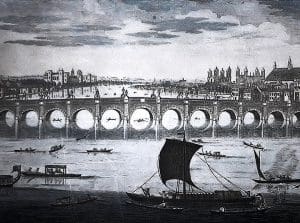
New bridges
Vauxhall Bridge and Vauxhall Bridge Road open.
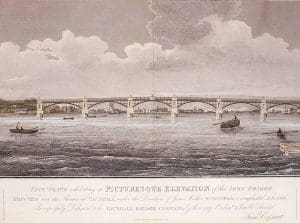
Royal Vauxhall Balloon
Charles Green sets a major long distance record in the balloon Royal Vauxhall, flying overnight from Vauxhall Pleasure Gardens in London to Weilburg, Duchy of Nassau, a distance of 480 miles. He was a daring adventurer who made a significant contribution to the history of aviation, crossing the Atlantic and flying more than 500 times by the time he died in 1852.
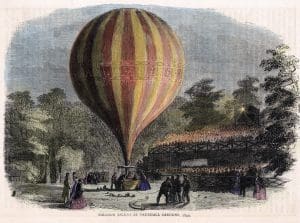
First Vauxhall car
Vauxhall Motors builds its first car at its factory in the area. The insignia is inspired by Faulkes de Breauté’s heraldic crest.
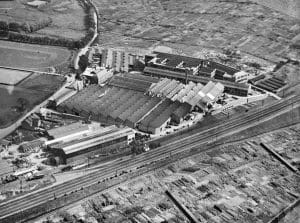
British Interplanetary Society
The British Interplanetary Society opens. Over the years, many luminaries in science and space have been spotted outside what looks like an innocuous building.
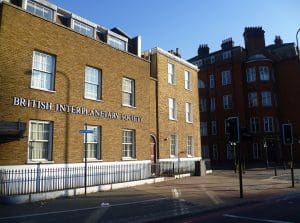
Princess Diana
Princess Diana reportedly visits The Royal Vauxhall Tavern, dressed as a man. Vauxhall has become known as ‘Gay Village’ with a mix of underground, after hours and performance venues. Its reputation for pleasure seeking has been re-established.

Gallery district
First contemporary art gallery opens in Vauxhall. Today, a gallery district has emerged with Damien Hirst’s Newport Street Gallery and several other exciting contemporary art spaces all within walking distance.
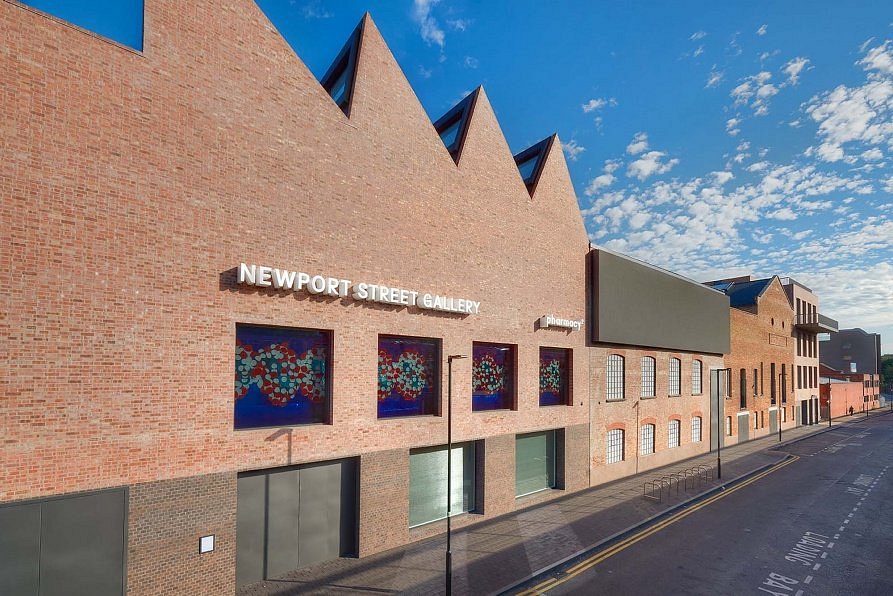
Vauxhall Pleasure Gardens
The Vauxhall Pleasure Gardens are refurbished. Events such as Summer Screens, Bearpit Karaoke and GMFA Sports Day attract people from all over London.

Future planning
New towers and a public square will emerge in the centre of Vauxhall. The gyratory will be redesigned and the bus station moved. The Northern Line extension to Nine Elms and Battersea Power Station has been in operation since 2021.
